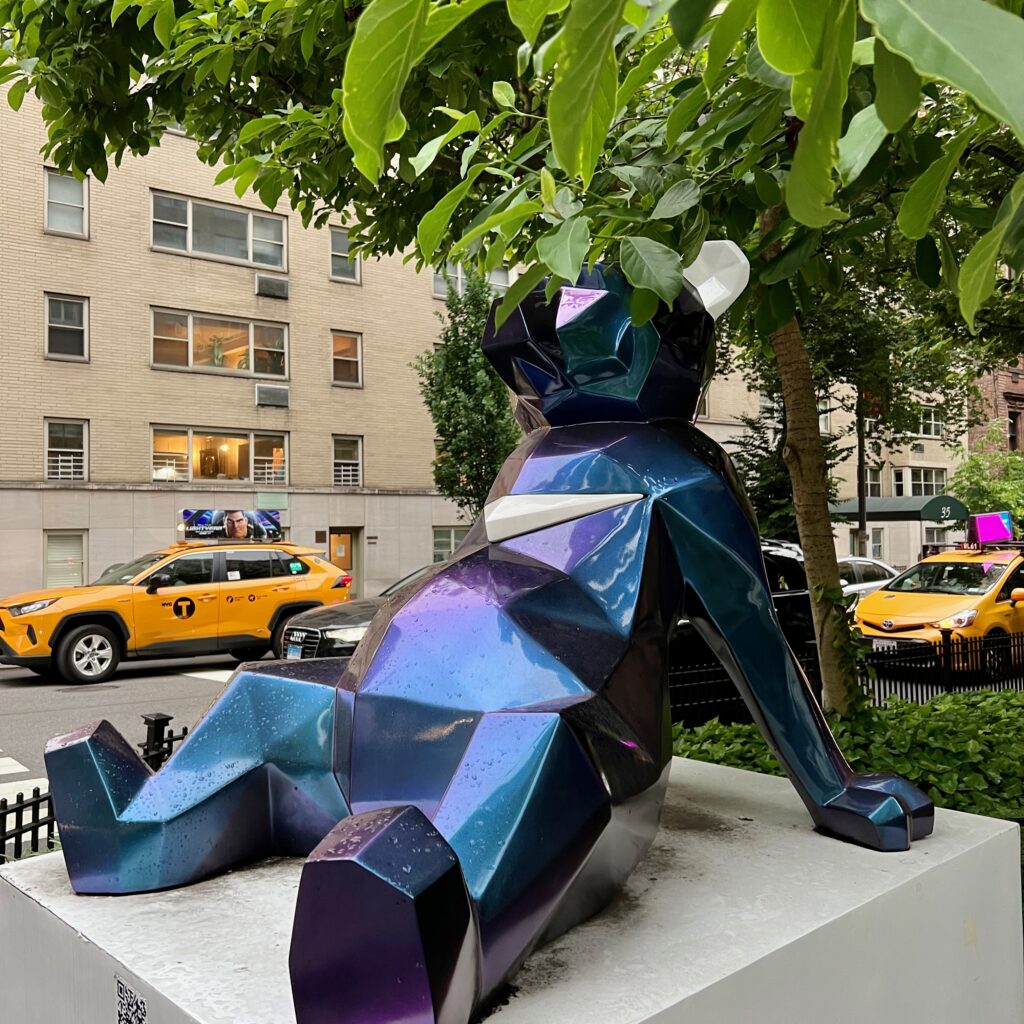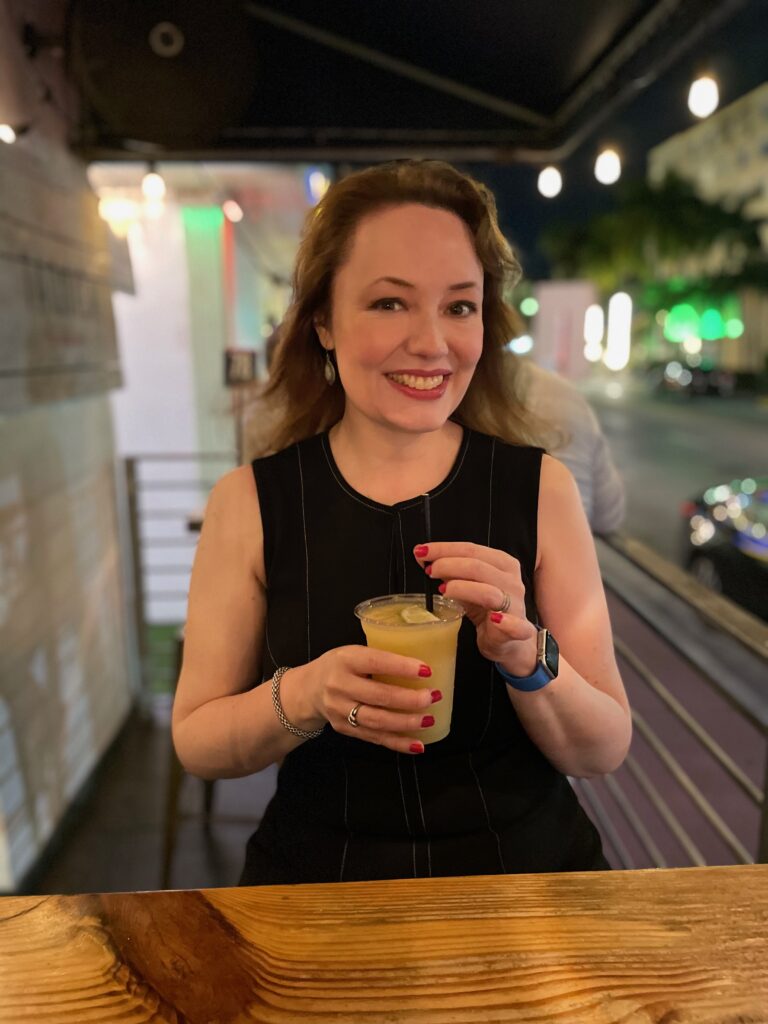
If you’re wondering why there wasn’t a post on Thursday, it’s because I was in Astoria, Queens, for lunch with Christina Heiser, who writes Celiac Self-Care, one of my favorite Substack newsletters. We met at TAP, which calls itself Your Everyday Brazilian Café — and if I’m being honest, I probably could eat there every day.
TAP is 100% gluten-free, and its menu is simple and straightforward, yet filled with variety. Sandwiches are served in a tapioca cover, in a tapioca-and-egg wrap, or on cheese bread, and they range from spicy tuna to a lean steak club, and from Caprese (mozzarella, tomatoes, and basil) to vegan (tofu, vegan mozzarella, avocado, tomatoes, and baby arugula). I had the Organic Chicken Club served in a tapioca-and-egg wrap, and it was so yummy and satisfying.
I also tried all three of the Pão de Queijo offerings. (Does that sound greedy? I call it research!) The traditional cheese bread was my favorite — it’s made with a blend of mozzarella, Swiss, and Parmesan cheeses), but the pesto cheese bread and the spicy cheese bread were wonderful, too.
Afterwards, Christina showed me around the neighborhood a little, and introduced me to a terrific boutique called The Brass Owl. Located on Ditmars Boulevard, it sells a bit of everything: clothing, jewelry, candles, books. It’s a beautifully curated collection and the shop also hosts events that include pop-up designer sales and tarot readings.
I meant to sample one of the desserts at TAP, but Christina and I were so busy chatting that I forgot all about it. Next time! Fortunately, there are a couple of TAP outposts in Manhattan, and one coming soon to Miami.








